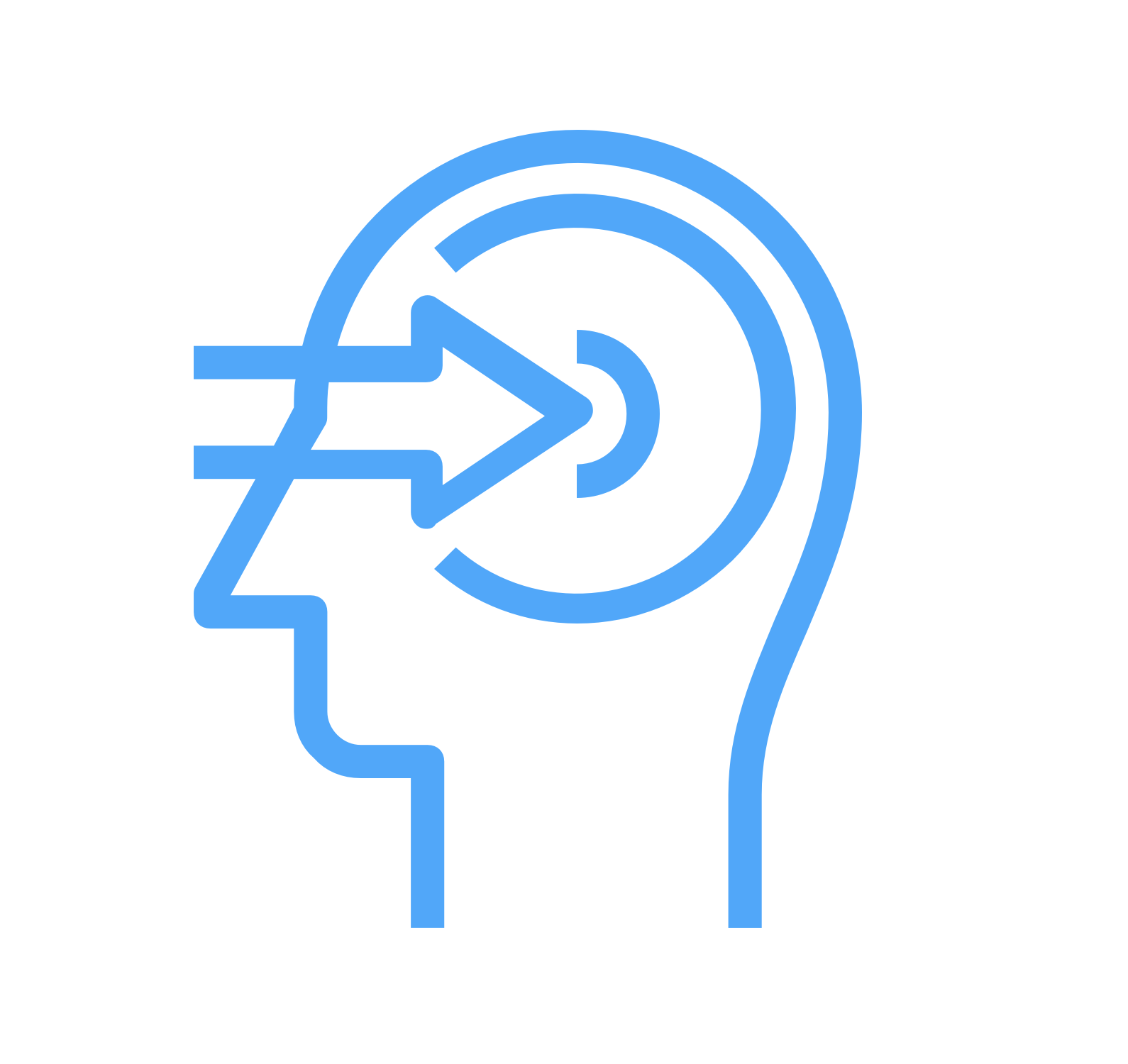
Principles of Macroeconomics for AP®
The comprehensive contents from this book, combined with Odigia’s Teaching and Learning Tools have everything you need to engage, collaborate, track and assess your students.
This course includes:

378
practice questions

46
engagement activities

917
assessment questions
Helping Teachers Do What They Do Best: Teach

Customize
Use our courses as is or easily customize them to fit your teaching style and the needs of your students. You can add your favorite resources, hide and show our existing content and pre-built assessments, or make them your own. Everything your students need, in one place!

Engage and Collaborate
Odigia combines learning materials, discussions, and tools to create a familiar social experience for students allowing you to easily connect and redirect students attention.

Track
See how much time students are spending on different areas of the course, which areas are creating the most amount of engagement and identify topics the students are struggling with. Flag and provide feedback on assignments to proactively meet individual students' needs.

Assess
Game theory allows students to monitor their progress visually and motivates them to stay on track. Students can see exactly what activities they need to complete, which ones have been flagged and compare their progress against the overall class.
Principles of Macroeconomics for AP ®Course Outline
How does economics apply to the real world?
- What is economics and why is it important?
- What are the differences between microeconomics and macroeconomics?
- How do economists use theories and models to understand economic issues?
- How are economies organized?
How do the choices we make affect us?
- How should individuals make choices based on their budget?
- What is a production possibilities frontier relate to social choices?
- How do we confront objections with an economic approach?
How does demand affect supply?
- How does demand, supply, and equilibrium relate markets for goods and services?
- How does good and services shift demand and supply?
- What is the four-step process for changes in equilibrium, price, and quantity?
- What is the difference between price ceilings and price floors?
- How do supply and demand act as a social mechanism?
Why are labor and financial market important?
- How is demand and supply incorporated in labor markets?
- How is demand and supply incorporated in financial market?
- How is the market system an efficient mechanism for information?
What is the macroeconomic perspective?
- How can the size of the economy be measured?
- How are nominal values adjusted to real values?
- How is the real GDP tracked over time?
- How comparable is GDP among other countries?
- How does GDP measure the well-being of society?
How is economic growth measured?
- How did economic growth happen?
- How does labor productivity apply to economic growth?
- What components make up economic growth?
- What is economic convergence?
Why does unemployment happen?
- How is the unemployment rate defined and computed?
- What are the patterns of unemployment?
- What causes change in unemployment over the short run?
- What causes change in unemployment over the long run?
What is inflation?
- How is inflation tracked?
- How can we measure changes in the cost of living?
- How do the U.S. and other countries experience inflation?
- Why is there confusion over inflation?
- What is indexing, and what are its limitations?
What does international trade relate to capital flows?
- How are trade balances measured?
- How are trade balances interpreted in historical and international contexts?
- How do trade balances related affect the flows of financial capital?
- How does the national saving relate to investment identity?
- What are the pros and cons of trade deficits and surpluses?
- What is the difference between level of trade and the trade balance?
What is the aggregate demand/aggregate supply model?
- What are macroeconomic perspectives on demand and supply?
- How do you build a model of aggregate demand and aggregate supply?
- What types of things shift aggregate supply?
- What types of things shift aggregate demand?
- How does the AD/AS model incorporate growth, unemployment, and inflation?
- What is the difference in the AD/AS model between Keynes’ law and Say’s law?
What is the Keynesian Perspective?
- How is aggregate demand affected in Keynesian Analysis?
- What are the building blocks of Keynesian Analysis?
- What is the expenditure-output (Or Keynesian cross) model?
- What is the Phillips Curve?
- How does Keynesian perspective affect market forces?
What is the Neoclassical Perspective?
- What are the building blocks of Neoclassical Analysis?
- What are the policy implications of the Neoclassical Perspective?
- How do we balance Keynesian and Neoclassical models?
How does money and banking go hand-in-hand?
- What functions does money offer?
- How is money measured in currency, M1, and M2?
- What is the role of banks?
- How do banks create money?
What is the difference between monetary policy and bank regulation?
- How does the federal reserve banking system affect central banks?
- How are banks regulated?
- How does a central bank execute monetary policy?
- How does monetary policy affect economic outcomes?
- What are the pitfalls for monetary policy?
Is there a major difference between exchange rates and international capital flows?
- How does the foreign exchange market work?
- How does demand and supply shift in foreign exchange markets?
- What type of macroeconomic effects take place in exchange rates?
- What are some types of exchange rate policies?
How do government budgets affect fiscal policy?
- What does government spending cover?
- What is taxation?
- How does federal deficits affect the national debt?
- How can fiscal policy be used to fight recession, unemployment, and inflation?
- What are automatic stabilizers?
- What are the practical problems with discretionary fiscal policy?
- What is the question of a balanced budget?
What are the impact of government borrowing?
- How does government borrowing affect investment and the trade balance?
- What is the relationship between fiscal policy, investment, and economic growth?
- How does government borrowing affect private saving?
- How does fiscal policy affect the trade balance?
What are some macroeconomic policies around the world?
- How diverse is the economy around the world??
- How are countries’ improving their standards of living?
- What are the causes of unemployment around the world?
- What are the causes of inflation across the world?
- How are trade concerns balanced?
Principles of Macroeconomics for AP® Courses covers scope and sequence requirements for an Advanced Placement® macroeconomics course and is listed on the College Board’s AP® example textbook list. The text covers classical and Keynesian views, with a prominent section on the Expenditure-Output model to align to the AP® curriculum. The book offers a balanced approach to theory and application, and presents current examples to students in a politically equitable way.
About the authors:
Senior Contributing Authors
Timothy Taylor, Macalester College
Contributing Authors
Cynthia Gamez, University of Texas at El Paso
Ralph Sonenshine, American University
Andres Jauregui, Columbus State University
Diane Keenan, Cerritos College
Dan MacDonald, California State University San Bernardino
Amyaz Moledina, The College of Wooster
Craig Richardson, Winston-Salem State University
David Shapiro, Pennsylvania State University

